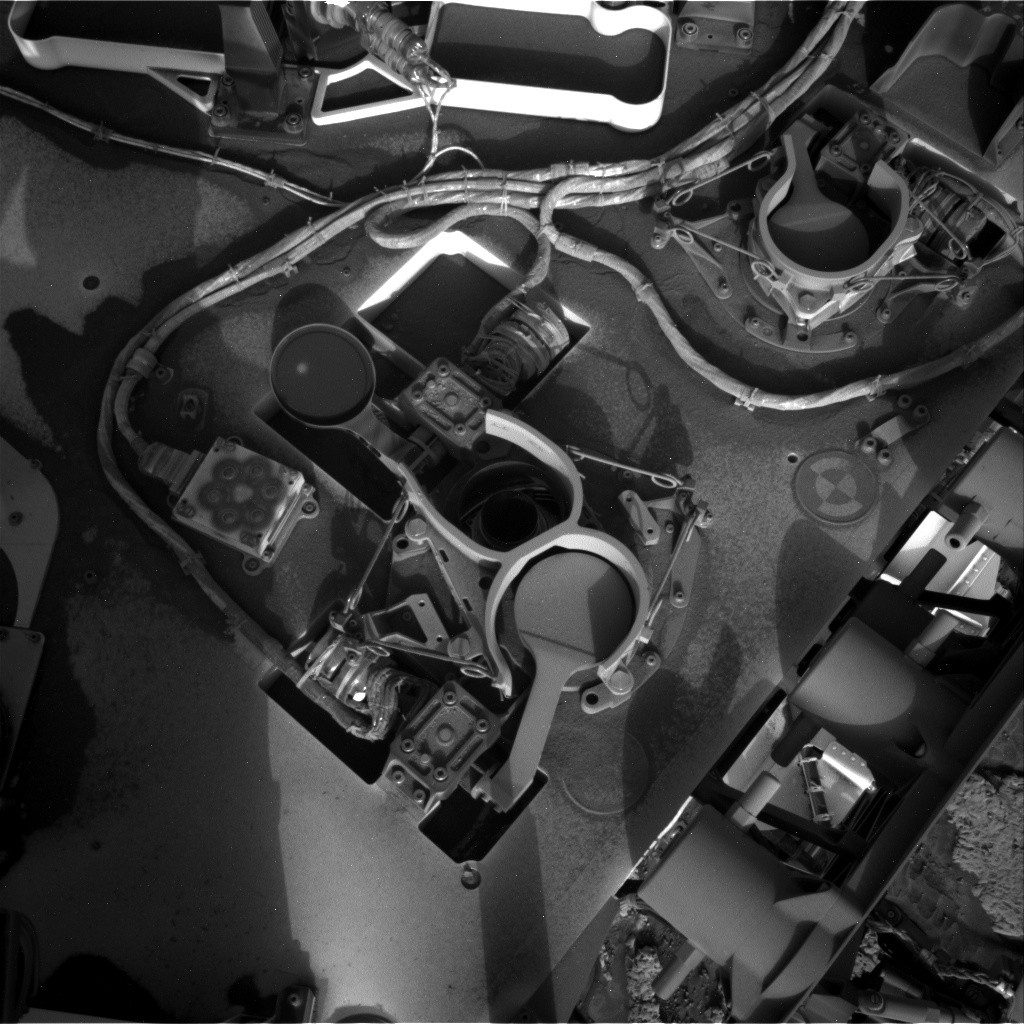Curiosity Navigation Curiosity Mission Overview Where is Curiosity? Mission Updates Science Overview Instruments Highlights Exploration Goals News and Features Multimedia Curiosity Raw Images Mars Resources Mars Missions Mars Sample Return Mars Perseverance Rover Mars Curiosity Rover MAVEN Mars Reconnaissance Orbiter Mars Odyssey More Mars Missions All Planets Mercury Venus Earth Mars Jupiter Saturn Uranus Neptune Pluto & Dwarf Planets 2 min read
Sols 4229-4231: More Analyses of the Mammoth Lakes 2 Sample! 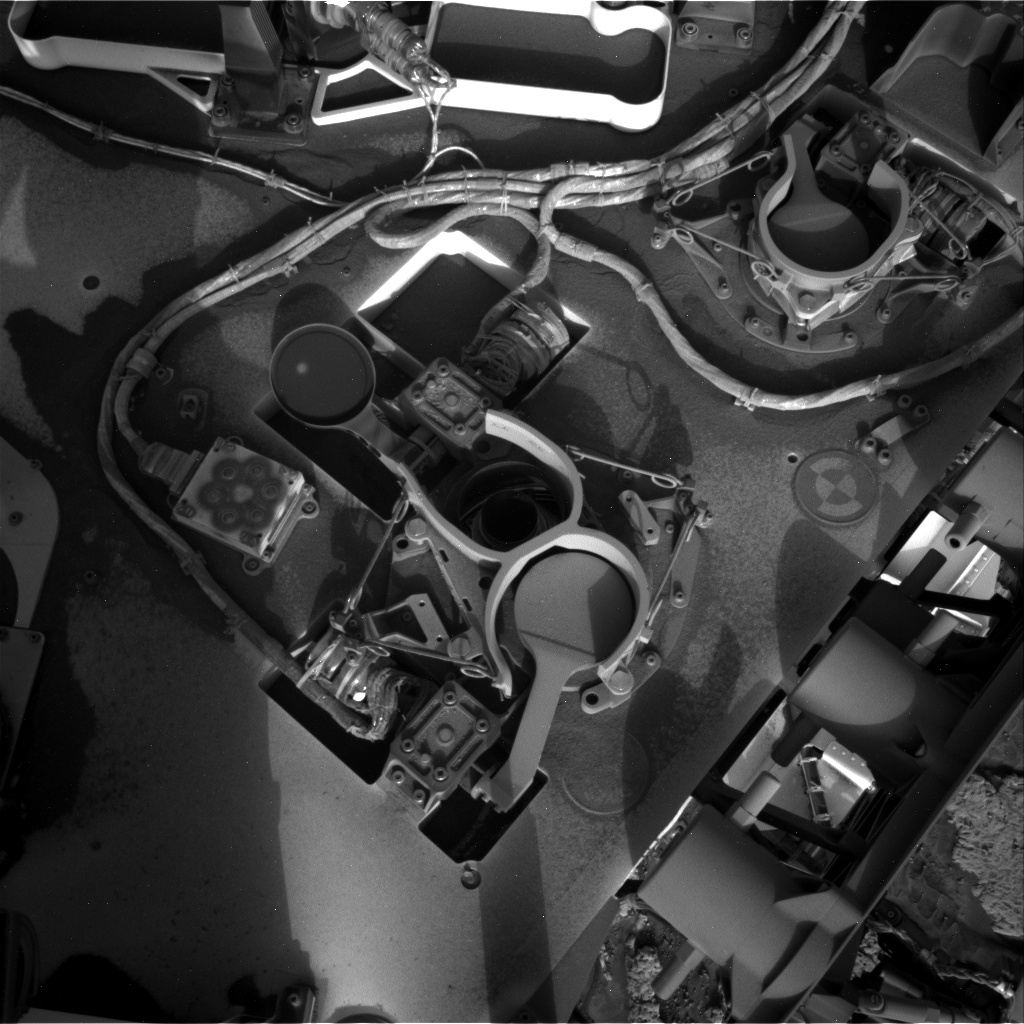 The inlet into to the SAM instrument open and awaiting sample delivery. This image was taken by Right Navigation Camera onboard NASA’s Mars rover Curiosity on Sol 4226 (2024-06-26 11:06:46 UTC). Earth Planning Date: Friday, June 28, 2024
The inlet into to the SAM instrument open and awaiting sample delivery. This image was taken by Right Navigation Camera onboard NASA’s Mars rover Curiosity on Sol 4226 (2024-06-26 11:06:46 UTC). Earth Planning Date: Friday, June 28, 2024
After reviewing results from the Evolved Gas Analysis (EGA) experiment that were downlinked yesterday afternoon (Sols 4226-4228: A Powerful Balancing Act), the SAM team decided they’d like to go ahead with a second experiment to analyze the Mammoth Lakes 2 drilled sample. This experiment is known as the Gas Chromatograph/Mass Spectrometer (GCMS) experiment.
SAM, whose full name is Sample Analysis at Mars, is actually a suite of three different analytical instruments that are used to measure the composition of gases which come off drilled samples as we bake them in SAM’s ovens. The three analytical instruments are called a gas chromatograph, quadrupole mass spectrometer, and tunable laser spectrometer. Each one is particularly suited for measuring specific kinds of compounds in the gases, and these include things like water, methane, carbon, or organic (carbon-containing) molecules. In the EGA experiment that we ran in our last plan, we baked the Mammoth Lakes 2 sample and measured the gas compositions using the tunable laser spectrometer and quadrupole mass spectrometer. In this plan, we’ll deliver a new pinch of sample to the SAM oven and then measure the composition of the gases that are released using the gas chromatograph and quadrupole mass spectrometer. By running both experiments, we’ll have a more thorough understanding of the materials that are in this rock.
The SAM GCMS experiment takes a lot of power to run, so it will be the focus of today’s three-sol plan. However, we still managed to fit in some other science activities around the experiment, including a ChemCam RMI mosaic of some far-off ridges, a ChemCam LIBS observation of a nodular target named “Trail Lakes,” environmental monitoring activities, and a couple Mastcam mosaics to continue imaging the terrain around the rover. Should be another fun weekend of science in Gale crater!
Written by Abigail Fraeman, Planetary Geologist at NASA’s Jet Propulsion Laboratory
Details Last Updated Jul 01, 2024 Related Terms Blogs
Keep Exploring Discover More Topics From NASA Mars
Mars is no place for the faint-hearted. It’s dry, rocky, and bitter cold. The fourth planet from the Sun, Mars…


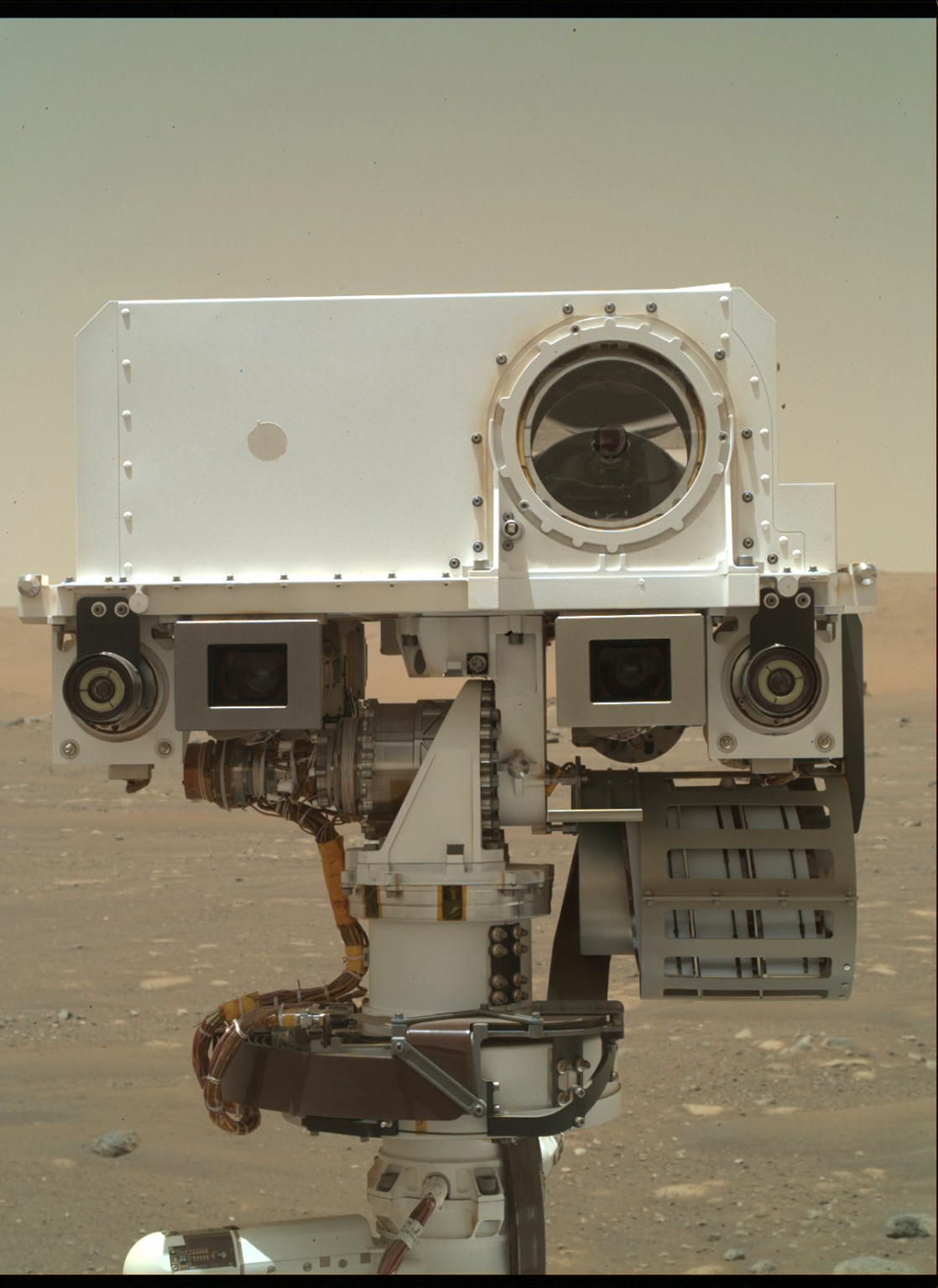
Mars Exploration Science Goals


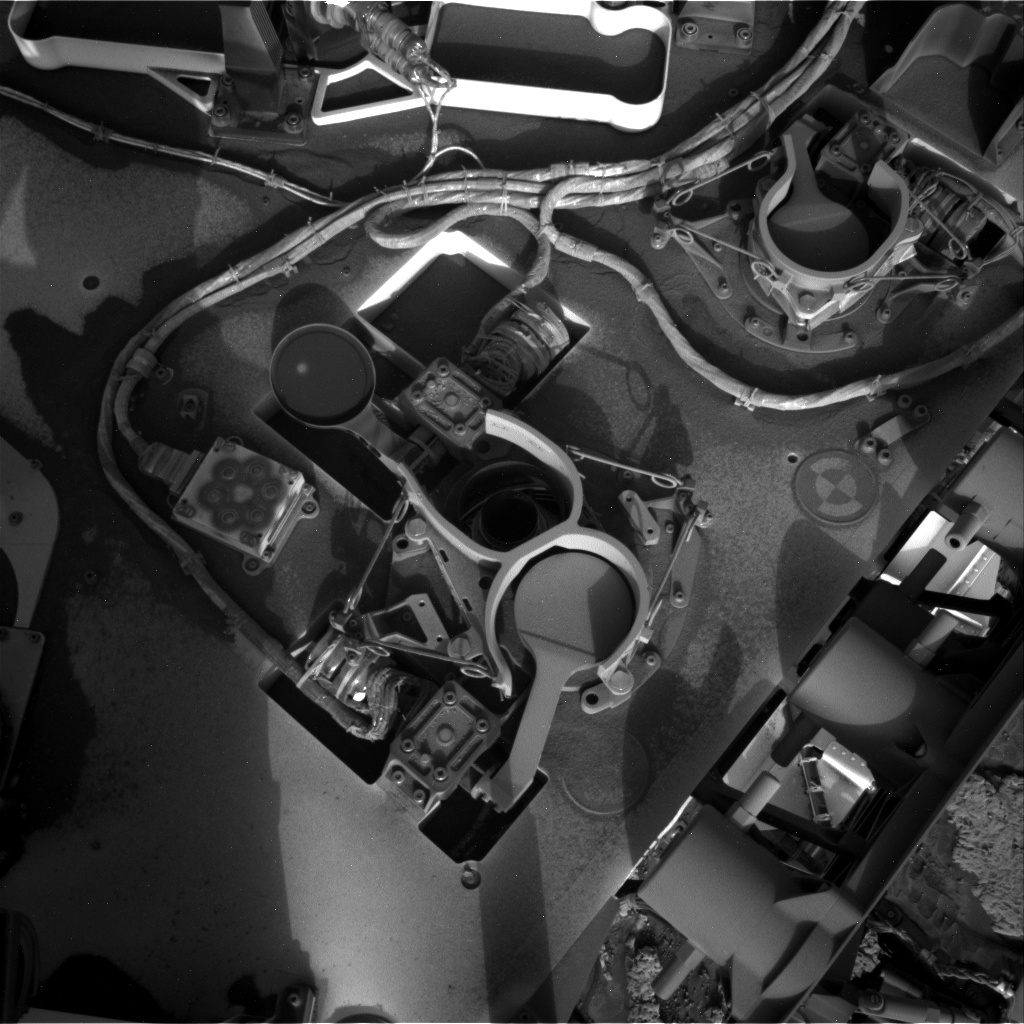
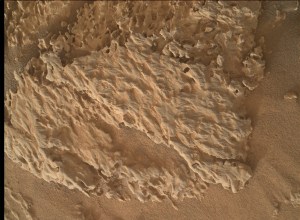 2 min read Sols 4226-4228: A Powerful Balancing Act
2 min read Sols 4226-4228: A Powerful Balancing Act
 2 min read Interesting Rock Textures Galore at Bright Angel
2 min read Interesting Rock Textures Galore at Bright Angel
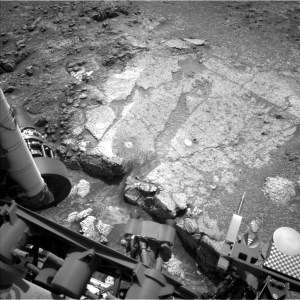 2 min read Sol 4225: Sliding Down Horsetail Falls
2 min read Sol 4225: Sliding Down Horsetail Falls
